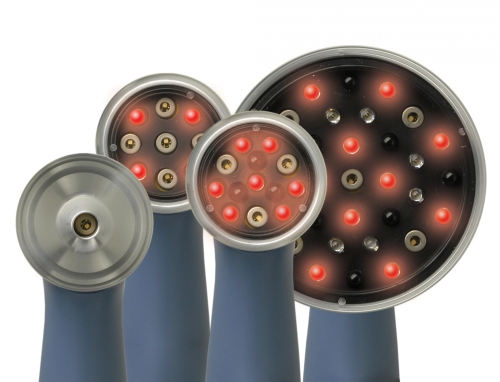Carpal Tunnel Syndrome (CTS) is an EXTREMELY common condition that can affect anyone at any age. In fact, there’s a strong probability that up to 50% of the people reading this today have or have had symptoms of CTS at some point in time and 10% or more have been treated for it! We have recently discussed various non-surgical treatment approaches for managing CTS but the question of WHY exercises should be included in that program remains a mystery to many!
In review of the anatomy of the carpal tunnel, we’ve got nine tendons that are the “shoe strings” that connect the muscles in the palm-side forearm to the fingers traveling through the tunnel along with the infamous MEDIAN NERVE—the culprit creating the numbness and tingling associated with CTS. The bony “roof” of the tunnel is made up of eight carpal bones that connect our forearm to our hand and allow us to bend the wrist in many directions. Without these eight little bones, we would not be able to bend our wrist at all! The “floor” of the tunnel is the transverse carpal ligament, and the median nerve lies directly on top of it. CTS occurs when the contents within the tunnel swell and apply pressure that pushes the median nerve into the floor, which is common when the wrist is bent, such as when sleeping with our hand curled under our chin at night – hence the reason for a night splint (cock-up brace) to prevent nighttime bending.
Now that we have a picture of the tunnel in our mind, exercises for CTS will make more sense. CTS occurs when forceful, repetitive tasks are performed over a lengthy period of time (examples include practicing a musical instrument, assembly line work, carpentry, etc.). The FRICTION between the tendons (“shoe strings”) inside the tunnel creates swelling and that results in tightness.
EXERCISE #1 is ICING using an ice cube or frozen Dixie cup of water and rubbing it over the tunnel. First you will feel COLD, then BURNING, then ACHING, and finally NUMBNESS (“C-BAN”). Quit at numbness as the next stage of cooling is frostbite! Many of you may not look at “ice massage” as an exercise, but it’s very important!
EXERCISE #2 – Stand near a countertop, place the palm-side of your fingers on the edge of the counter and push until your wrist is bent backwards as far as you can stand it while keeping your elbow straight. Now reach across with your other hand and pull your thumb backwards as far as possible. Can you feel the “pull” in your mid forearm up to the elbows? GOOD! Hold that for three to five seconds, rest for five seconds and repeat it three times. Do this on both sides, even if the other hand is “normal” so you can feel the difference between the “tight” CTS side vs. the normal arm. CTS is often bilateral so you may not notice a difference. Now, set the timer on your smartphone to ring every hour to remind you to do this throughout the work day.
EXERCISE #3 is the fist / “bear claw” / hand open sequence. First, make a tight fist, followed by opening your hand while keeping the fingers flexed/bent, followed by opening the hand and fingers fully. Hold each position for two to three seconds and go through the sequence as often as needed (usually two to three times a session, multiple times a day) and do BOTH sides at the same time.
Why do these help? They break up adhesions between the tendons, their sheaths, and the surrounding tissues, and these exercises also force you to take “mini-breaks” during a busy day, which can reduce swelling in the carpal tunnel.
We realize you have a choice in whom you consider for your health care provision and we sincerely appreciate your trust in choosing our service for those needs. If you, a friend, or family member requires care for Carpal Tunnel Syndrome, we would be honored to render our services.


